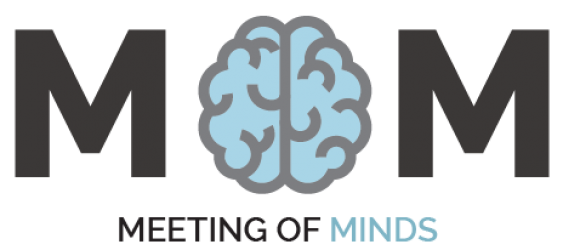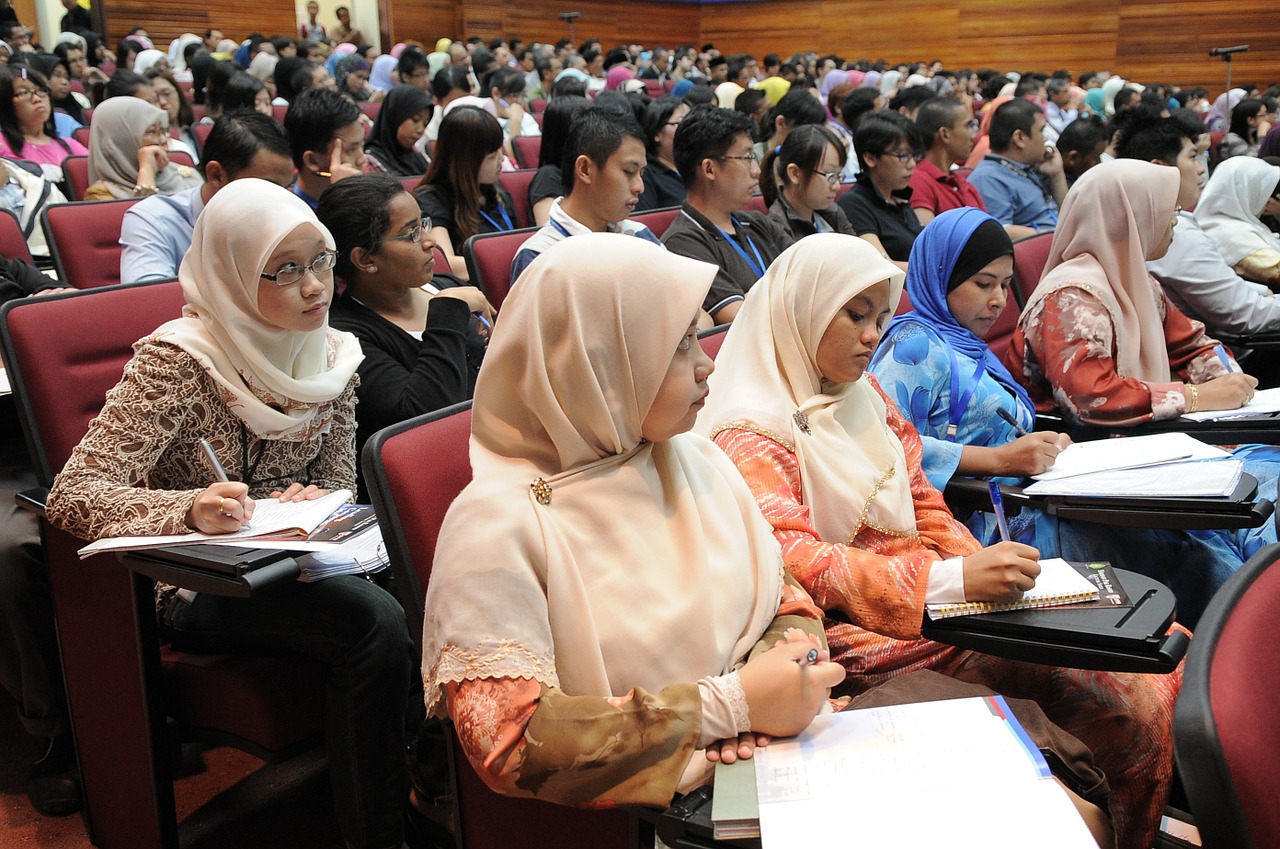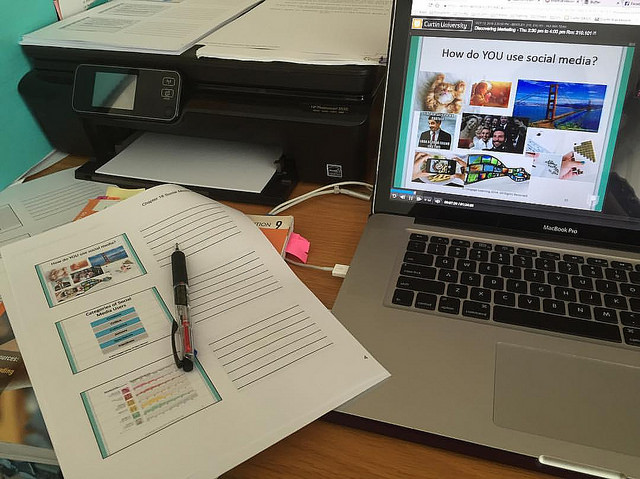The application should enable matching between student and supervisor. This includes:
- Identification of expertise (e.g. qualifications and publications) and mutual academic interests through the building of a profile, bibliography, and membership of particular research interest groups. This would also need to be supported by search options, so that users could easily find one another.
- Options for posting materials about, and in support of, the PhD proposal. This could be kept on a private setting that would then only become visible to those tutors that the student approached to be their supervisor.
- Private messaging and chats between student and supervisor, and between students and PhD students under a particular supervisor.
- An algorithm supporting the creation of stable supervisory relationships (the Gale-Shapley algorithm ).
- Templates and guidance matched to different stages of the supervisory relationship/PhD journey, for both supervisors and students.





